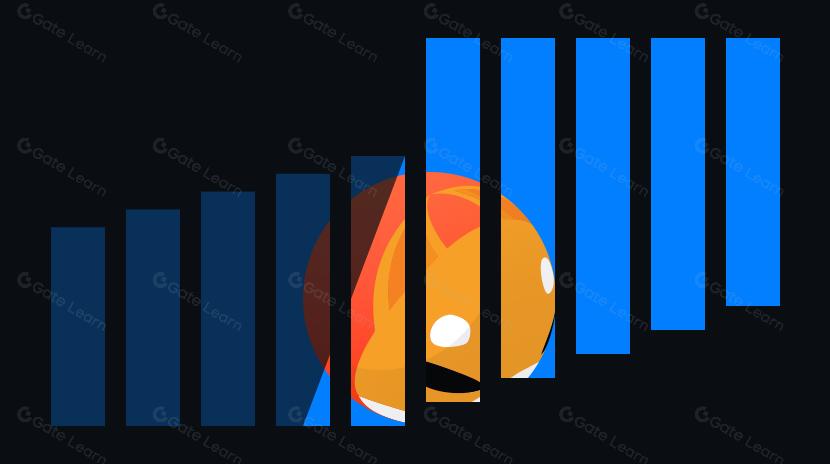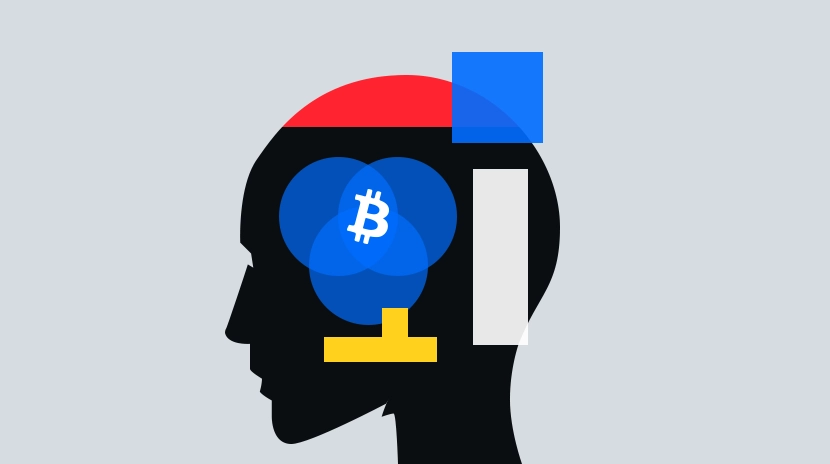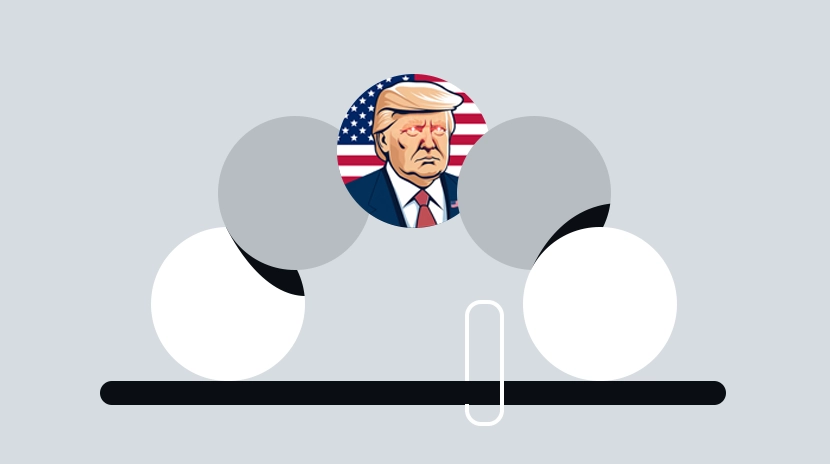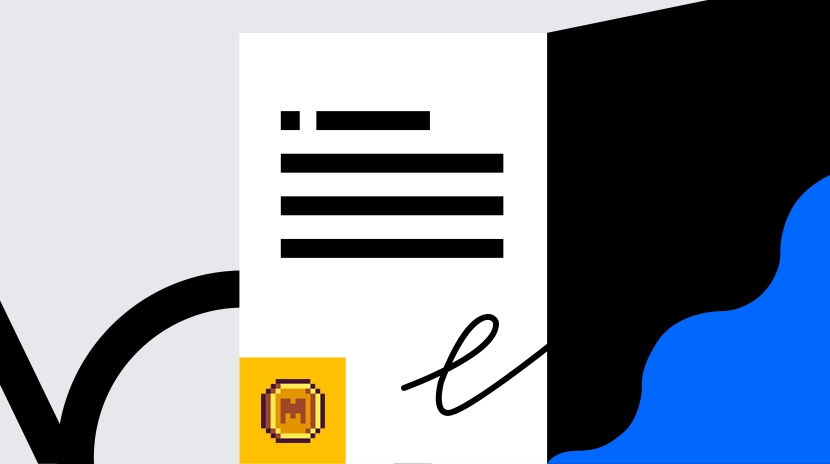Fair Release: Un nouveau paradigme tokenomique de déverrouillage de jeton axé sur la demande
Publication équitable : un nouveau paradigme tokenomique
Comme dévoilé dans@dr.daoist/time-scheduled-token-unlocks-an-elephant-in-the-room-741e1ee0e781">Déverrouillages de jetons programmés dans le temps : un éléphant dans la pièce, les déverrouillages programmés dans le temps sont les véritables coupables derrière le problème apparent du « faible flottant FDV élevé ». La manière économiquement sensée est d'abandonner l'impression de jetons par temps programmé et de le faire plutôt selon la demande du marché.
Non seulement les déverrouillages programmés dans le temps violent les principes économiques de base, mais ils sont aussi injustes. Ils semblent donner la priorité au déverrouillage des jetons pour la communauté (par exemple, sous forme de largages aériens), mais en réalité, ils garantissent que l'équipe/les investisseurs en capital-risque peuvent sortir quel que soit la demande réelle de jetons au moment des déverrouillages, ce qui entraînerait presque certainement une chute du prix du jeton. Pire encore, sous le prétexte de « déverrouillages prioritaires pour la communauté » se cachent généralement les intérêts de l'équipe/des investisseurs en capital-risque (par exemple, à travers des largages aériens, des jetons du trésor ou de l'écosystème), ce qui leur permet de hâter leur sortie – rapidement et discrètement lors de la cotation du jeton – bien avant le premier déverrouillage prévu. À ce moment-là, le calendrier de déblocage devient un simple décor, et le prix du jeton a probablement déjà chuté de toute façon.
Cette manoeuvre est déjà devenue un secret de polichinelle, la communauté et le marché exprimant clairement leur mécontentement par le biais des débuts peu enthousiastes des jetons soutenus par des VC lors des listes CEX et du déplacement massif de l'attention vers les jetons mèmes. Pourquoi les mèmes ? Parce qu'ils sont lancés de manière assez équitable - ou du moins perçus comme tels au départ - par rapport aux schémas maladroits joués par l'équipe/VC/coalition CEX. Mais nous le savons tous : pour tout jeton soutenu par des VC, un lancement équitable n'est pas possible car les VC ont déjà acheté à un prix inférieur avant le TGE.
Alors, quelle est la solution ici?
La réponse réside dans la 'Libération équitable' : un nouveau paradigme tokenomique où de nouveaux jetons ne sont libérés qu'en réponse à une demande accrue, avec une distribution équitable à toutes les parties prenantes à chaque libération. Oh, c'est aussi à l'abri de l'inflation. Selon que le projet génère une externalité (c'est-à-dire des revenus), Fair Release se décline en trois versions :
- Version Ponzi (sans revenus) : chaque fois que les jetons en circulation sont consommés et brûlés, une quantité équivalente de nouveaux jetons est libérée (distribuée de manière proportionnelle à l'équipe/aux investisseurs en capital-risque/à la communauté/au trésor, etc.), maintenant l'offre en circulation constante;
- Version HODL (avec revenus) : Comme la version Ponzi, mais une quantité inflationniste de nouveaux jetons est libérée et distribuée, la partie gonflée étant immédiatement compensée par des rachats et des brûlures à l’aide des revenus, ce qui maintient l’offre en circulation stable ; et
- Version Moonshot (avec revenus) : similaire à la version HODL, mais une partie des revenus est utilisée pour augmenter le prix du jeton au lieu d'acheter uniquement des lancements inflationnistes, créant ainsi un potentiel effet 'uniquement à la hausse'.
Ci-dessous se trouve le guide détaillé pour les trois modèles.
Fair Release 1.0: la version Ponzi, pour les projets sans revenus
Un fait brut concernant les projets Web3 - même deux ans après la disparition du récit X-to-Earn - est que la majorité d'entre eux manquent encore d'externalité ; c'est-à-dire que ces projets ne génèrent toujours pas de revenus libellés en devises/tokens étrangers. La tokenomie de ces projets penche inévitablement vers la Ponziéconomie - très similaire à la façon dont le Trésor américain et la Fed impriment et redistribuent de l'argent pour soutenir l'économie - jusqu'à ce que la bulle éclate lorsque le jeton perd son crédit et l'émetteur perd son seigneuriage (c'est-à-dire l'argent gagné grâce au droit d'imprimer cet argent).
Néanmoins, Fair Release fonctionne toujours - du moins dans le but de réaliser des déverrouillages de jetons équitables et à l'abri de l'inflation - pour ces projets avec sa version Ponzi : la clé est de ne pas avoir de lancements inflationnistes. Voici comment ça fonctionne :
- à T₀ : en supposant que le pool de liquidité initial contient $TOKEN et $USDT, évaluant $TOKEN à son niveau initial ;
- entre T₀ et T₁ : une certaine quantité de $TOKEN est consommée (par exemple, via l'engagement communautaire) et brûlée, réduisant son offre en circulation et augmentant son prix; et
- à T₂: une quantité équivalente de $TOKEN est libérée pour rétablir l'offre brûlée, faisant chuter le prix du $TOKEN à son niveau initial, tout en distribuant des jetons de manière proportionnelle aux parties prenantes.
L'impact net est inchangé sur l'offre circulante de jetons dans le pool de liquidité ainsi que sur le prix du $TOKEN, alors qu'un déblocage de jetons a été effectué de manière équitable à tous les parties prenantes.

Fair Release 1.0: la version Ponzi (sans revenus)
Cependant, en raison de la nature Ponzinomique, il s'agit en fait d'une version limitée de Fair Release car chaque round de libération dilue efficacement la participation de la communauté dans l'offre en circulation. La consommation axée sur la combustion provient principalement de la communauté, mais seule une partie des nouveaux jetons débloqués pour restaurer cette offre brûlée est distribuée à la communauté. Bien que mécaniquement plus sensée que les déblocages basés sur le temps, cette version profite toujours aux initiés aux dépens de la communauté.
C'est pourquoi nous avons besoin de Fair Release 2.0.
Fair Release 2.0 : la version HODL, pour les projets avec revenus
Une version plus légitime de Fair Release qui atteint une véritable équité est celle qui se débloque grâce à des sorties inflationnistes qui peuvent ensuite être compensées par des rachats et des brûlures. Cela nécessite que le projet génère des revenus libellés dans des devises/tokens étrangers.
Je l'appelle la version "HODL" de Fair Release, car la capacité de génération de revenus ajoute une protection significative au prix durable du jeton. Cela fonctionne comme suit :
- à T₀: en supposant que le pool de liquidité initial contienne $TOKEN et $USDT, en fixant le prix de $TOKEN à son niveau initial (identique à la version Ponzi);
- entre T₀ et T₁ : une certaine quantité de $TOKEN est consommée et brûlée, réduisant son offre en circulation et augmentant son prix, tandis que le projet génère des revenus en $USDT;
- à T₂ : une quantité inflationniste de $TOKEN est libérée pour restaurer plus que jamais l'offre brûlée précédemment — la partie inflationniste servant de déverrouillage pour toutes les parties prenantes — faisant chuter le prix du $TOKEN en dessous de son niveau initial ; et
- à T₃: tous les revenus sont utilisés pour racheter et brûler l'excédent de $TOKEN déverrouillé, restaurant l'offre en circulation et le prix du jeton à leurs niveaux initiaux respectifs.
Dans cette version, après une période de déverrouillage et de distribution équitable des jetons, l'impact net sur l'offre et le prix des jetons reste nul.

Fair Release 2.0: la version HODL (avec revenus)
La version Fair Release 2.0 corrige le problème précédent de la version Ponzi, car le déverrouillage des jetons ne se produit que dans la partie inflationniste de chaque sortie. La communauté a essentiellement la possibilité de conserver sa participation tout au long de chaque processus de consommation et de sortie de jetons, ce qui encourage une participation continue sans préoccupations de dilution. Cela permet également de préserver un ratio stable de jetons parmi les parties prenantes tout au long de la durée de vie du jeton.
Mais l'histoire ne s'arrête pas là... Si un projet génère des revenus, ne peut-il pas utiliser qu'une partie des revenus pour des rachats de sortie, et le reste pour augmenter le prix du jeton? Il le peut absolument - et c'est pourquoi nous avons Fair Release 3.0 : un modèle magique de 'hausse uniquement'.
Fair Release 3.0: la version Moonshot, pour les projets avec des revenus et des ambitions pour le prix du jeton 'up-only'
Bien que la version HODL atteigne notre objectif principal de déblocage de tokens en fonction de la demande avec des distributions équitables, son impact sur le prix du token reste neutre. La version avancée de Fair Release introduit une boucle de rétroaction positive qui entraîne une croissance continue du prix des tokens : à chaque tour de Fair Release, une partie des revenus est injectée dans le pool de liquidités pour augmenter le prix du token, ce qui incite davantage la communauté à tenir et à s’engager. Je l’appelle la « version Moonshot » de Fair Release, parce qu’une fois que le volant d’inertie commence à tourner, c’est comme une boule de neige qui roule !
Voici les étapes détaillées:
- à T₀ : en supposant que le pool de liquidité initial contienne $TOKEN et $USDT, en fixant le prix du $TOKEN à son niveau initial (identique aux versions Ponzi & HODL) ;
- entre T₀ et T₁: une certaine quantité de $TOKEN est consommée et brûlée, réduisant son offre en circulation et augmentant son prix, tandis que le projet génère des revenus en $USDT (identique à la version HODL);
- à T₂ : une quantité inflationniste de $TOKEN est libérée pour restaurer plus que la fourniture précédemment brûlée - la partie inflationniste servant de déverrouillage pour tous les intervenants - faisant chuter le prix du $TOKEN en dessous de son niveau initial (identique à la version HODL) ; et
- à T₃: une partie des revenus est utilisée pour racheter et brûler le surplus de $TOKEN déverrouillé, restaurant ainsi l'offre circulante et le prix du jeton à son niveau initial, tandis que le reste des revenus est injecté dans le pool de liquidité, faisant monter le prix du $TOKEN.
Avec ce modèle, chaque tour de libération équitable se traduit maintenant par un impact net positif sur le prix du jeton. Cela ressemble à de la magie — plus de déverrouillages, mais un prix du jeton plus élevé, n'est-ce pas ?

Fair Release 3.0: la version Moonshot (avec revenus)
Par rapport à la version HODL, la version Moonshot ne nécessite que des mathématiques plus précises : définir le taux d'inflation optimal pour les sorties et déterminer une répartition idéale des revenus, en veillant à ce qu'une partie d'entre eux couvre les rachats d'inflation tandis que le reste augmente de manière significative le prix du jeton. Au-delà de ces calculs, il ne reste plus qu'une exécution soigneuse.
Réflexions finales
Alors que beaucoup attribuent la sous-performance du marché de la cryptographie à des pénuries de liquidité, à une stagnation de l'innovation ou à une fatigue narrative, peu ont réalisé que le véritable problème réside dans une redistribution injuste des richesses, alimentant une dichotomie croissante entre les participants de la base (communauté/commerce de détail) et les acteurs institutionnels (projets/VC).
La décentralisation est une idéologie visant à une redistribution plus équitable du pouvoir et de la richesse. Sans améliorer les relations productives au-delà des modèles TradFi, Web3 ne peut pas prospérer - même avec une liquidité abondante, des avancées techniques ou des engouements narratifs.
La plus simple étape vers une redistribution plus équitable de la richesse est de fixer l'économie des jetons.
Fair Release est la solution la plus simple aux déblocages de jetons programmés en vigueur. Il suit les principes économiques de base et résout la cause profonde du problème du « faible flottement, haut FDV ». Ce n’est pas sorcier et c’est facile à mettre en œuvre. Il offre également, par le biais du pool de liquidités, un point de levier pour que les projets à externalité créent un effet de volant d’inertie.
Il pourrait s'agir du modèle tokenomic le plus équitable et le plus durable pour n'importe quel jeton soutenu par un VC.
Rejoignez le changement de paradigme. Faites partie de la révolution.
Avertissement:
- Cet article est repris de [moyen]. Tous les droits d'auteur appartiennent à l'auteur original [Dr Daoist]. S'il y a des objections à cette réimpression, veuillez contacter le Porte d’apprentissagel'équipe, et ils s'en occuperont rapidement.
- Clause de non-responsabilité : Les vues et opinions exprimées dans cet article sont uniquement celles de l'auteur et ne constituent aucun conseil en investissement.
- Les traductions de l'article dans d'autres langues sont effectuées par l'équipe gate Learn. Sauf mention contraire, la copie, la distribution ou le plagiat des articles traduits est interdite.
Articles Connexes

Top 10 Plateformes de trading de jetons MEME

Qu'est-ce que Moonshot ? Tout ce que vous devez savoir sur Moonshot

Qu'est-ce que Fartcoin? Tout ce que vous devez savoir sur FARTCOIN

Revue des dix meilleurs Bots de mèmes

Un Aperçu Complet des Pièces Meme Trump
